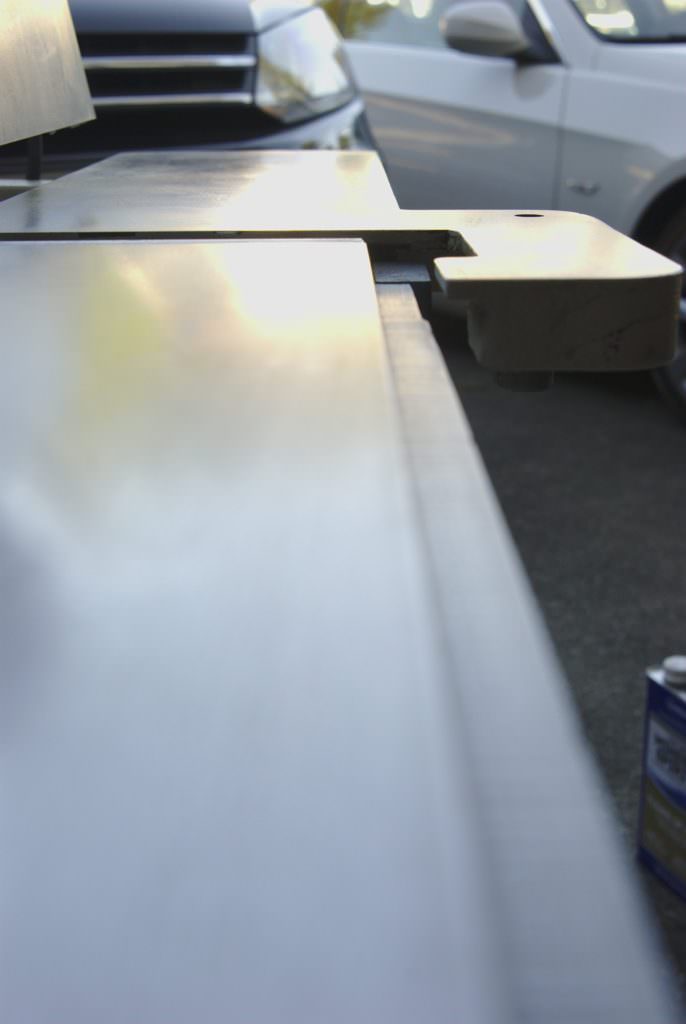A tool is only good to its user as long as it’s maintained correctly—and heavy woodworking machinery is no exception.
Many tools, from table saws to drill press platforms, are commonly made of polished cast iron that will eventually begin to collect surface rust from the moisture in the air when left untreated.
Here we’ll refinish the jointer table that’s been stored in three different garages, had several different sets of hands on it, and lord only knows what else resting on top of it while being stored over the last six months.
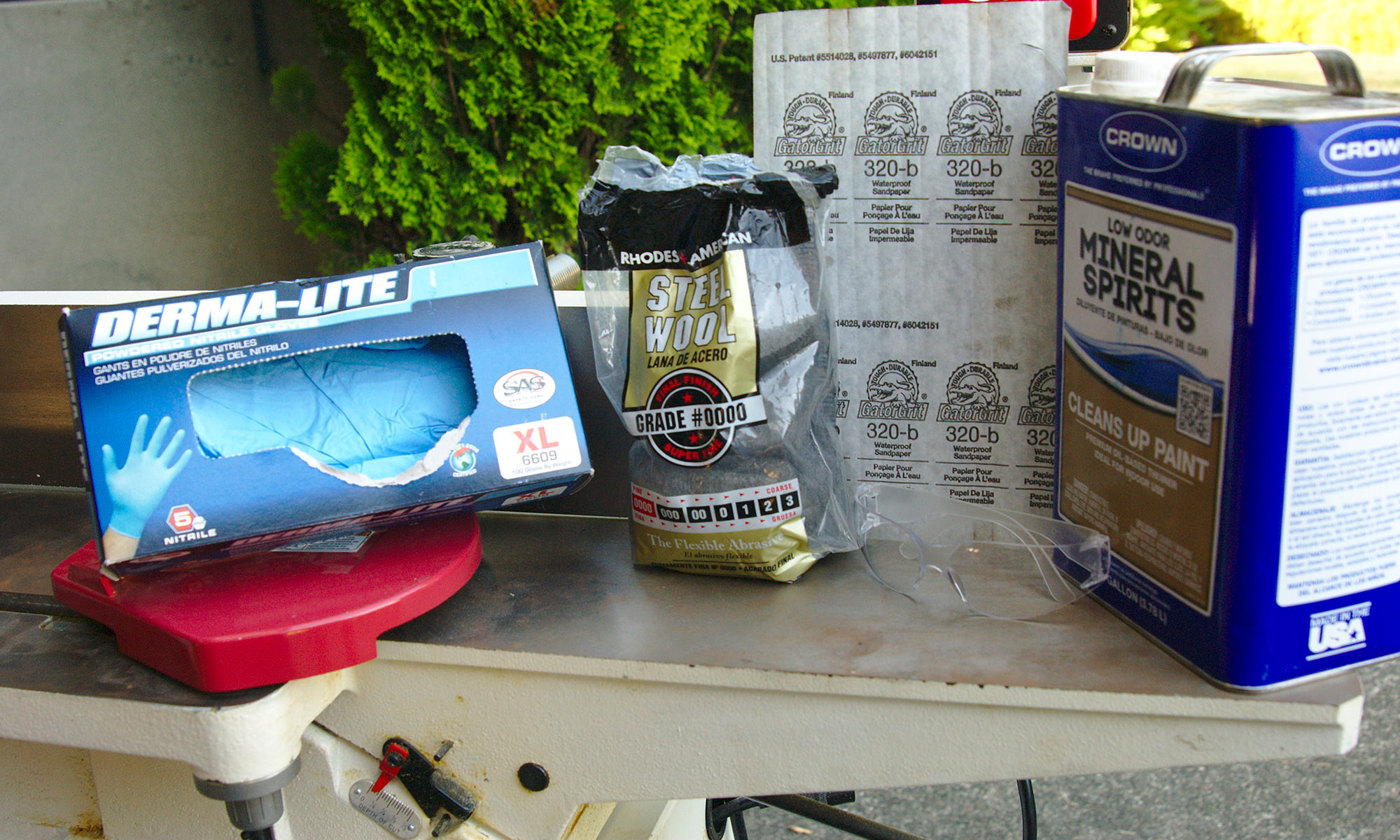
What we’ll need:
- Nitrile Gloves
- Safety Glasses
- 400 grit wet/dry sandpaper or #0000 steel wool (best when combined with a handheld orbital sander)
- Mineral Spirits
- Microcrystalline Wax
- Soft Rag
- Paper Towels
Remove the blade guard before beginning. That way you won’t have to fight the spring loaded cover to work that section of the table. It should be able to be pulled right out after removing a set-screw that keeps it in place.
Make sure your fence is lifted away from the surface of your table so you can work your fingers under and get the entire horizontal surface.
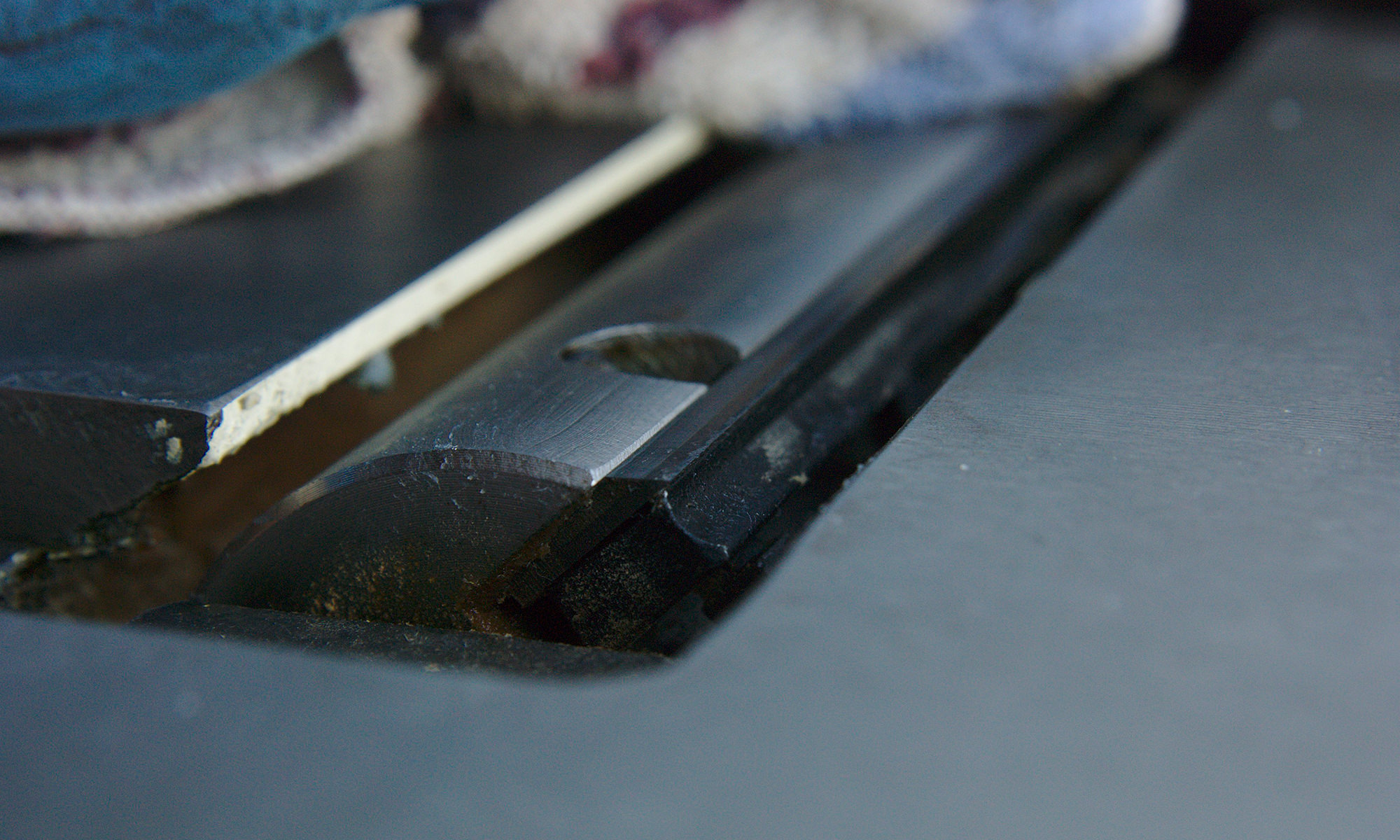
Rotate these away from your fingers before starting to work the surface.
Finally, be sure to rotate the jointer knives away from the exposed surface. You don’t want to lose a fingertip in this process (yes, they’re that sharp).
Start by pouring mineral spirits directly on the table surface you’d like to remove rust from. You don’t need a lot and you don’t want it splashing on your clothes or in your eyes while you work the surface (hence the eye protection).
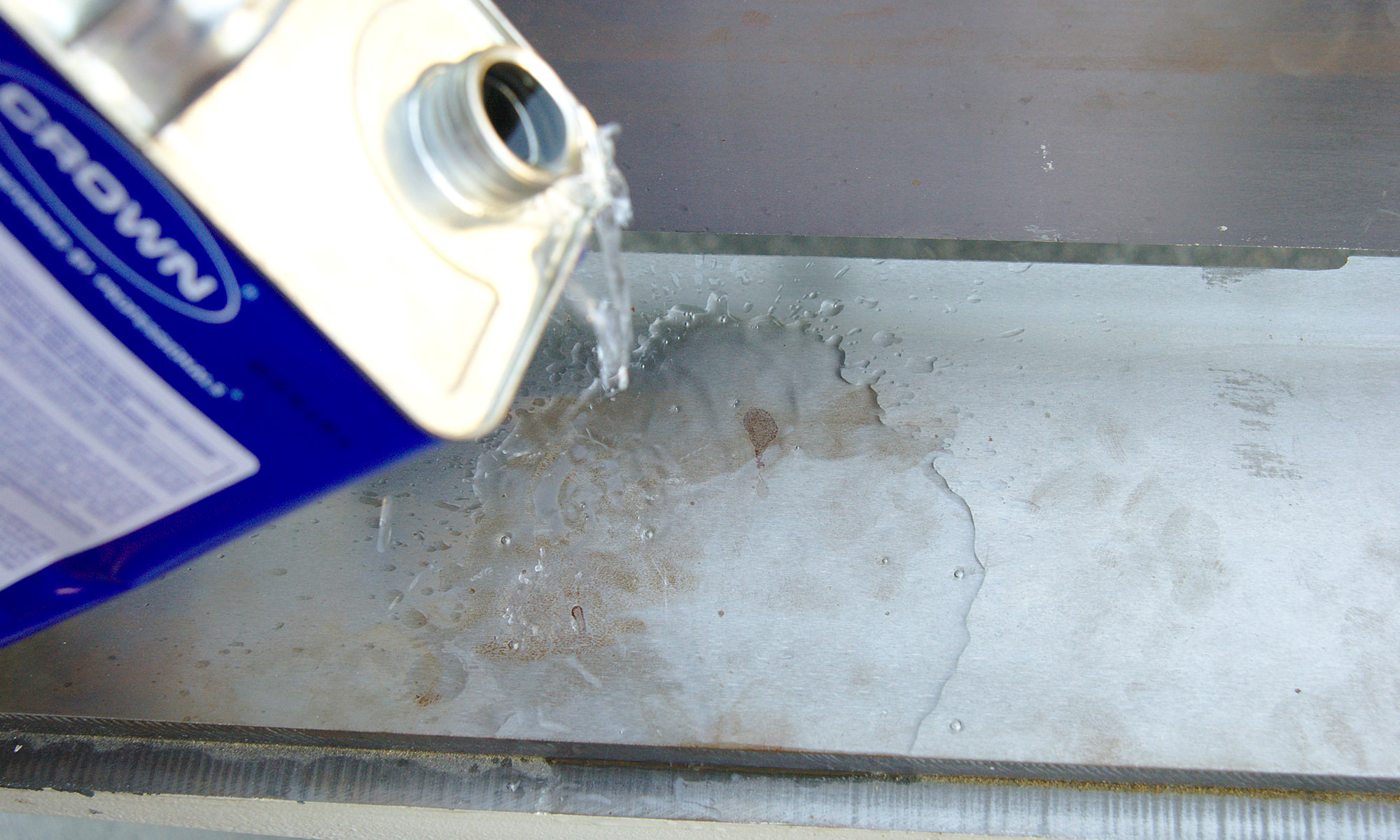
You’ll only make a bigger mess if you use too much of the Mineral Spirits, so don’t go overboard.
With a bit of mineral spirits applied you can begin working the rusty surface with the sandpaper. I happened to have sheets of wet/dry instead of the bits for my random orbital so keep in mind that the best results will be attained with power tools. Technically you shouldn’t use sandpaper on the machined surface because you’ll be removing material unevenly (albeit a microscopic amount). Some people will argue with the fact that I’m not using a block or a power tool but, honestly, this isn’t going to ruin a cast iron jointer table machined surface unless I sit here for years with the sandpaper.
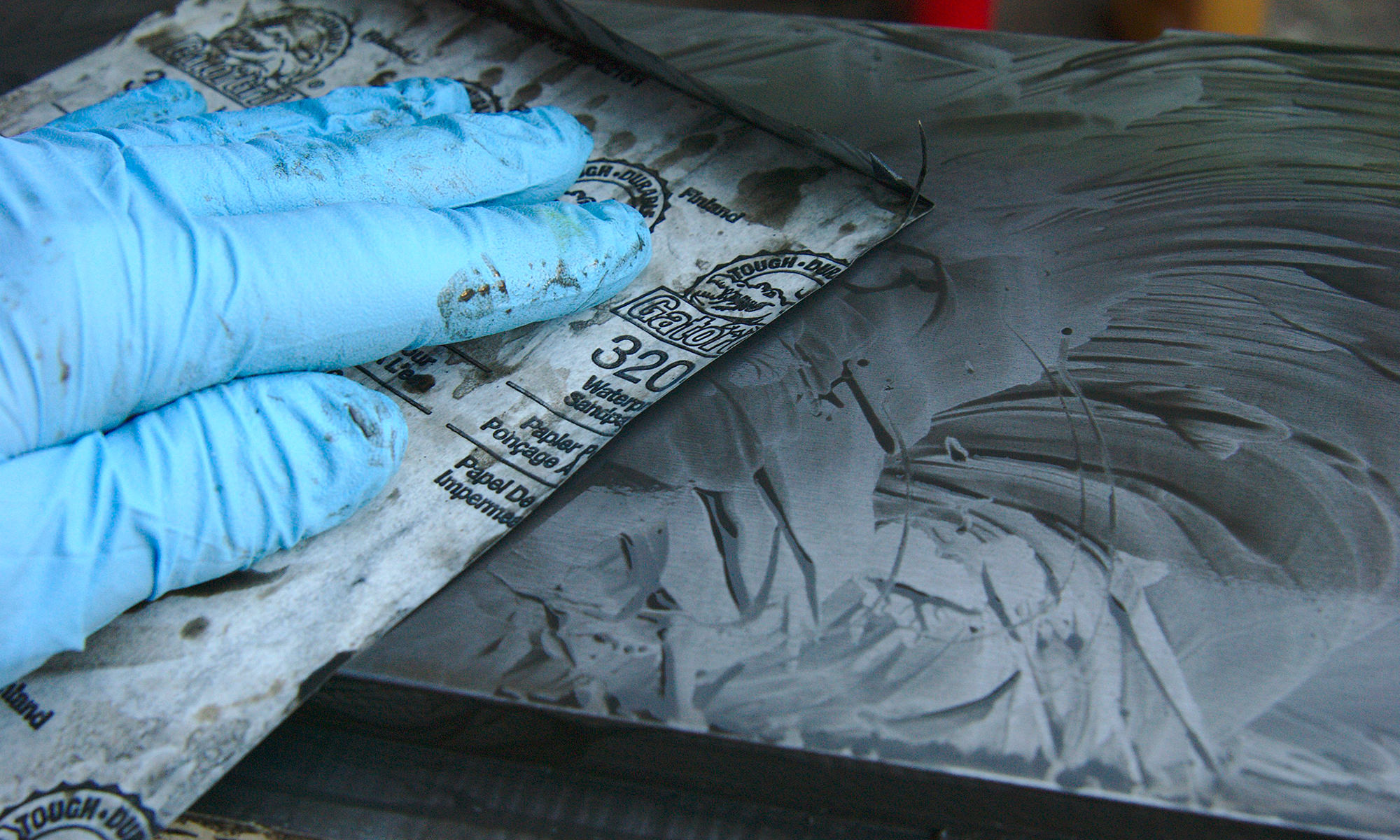
NOTE: I used 320 grit instead of 400. The 400 just wasn’t aggressive enough when doing this by hand.
Once you have all surfaces sanded smooth and free of rust (including your fence), use paper towels to wipe it clean. Keep wiping with clean paper towels soaked with mineral spirits until they wipe clean. This ensures the microparticles of iron and rust are removed prior to sealing the surface with wax.
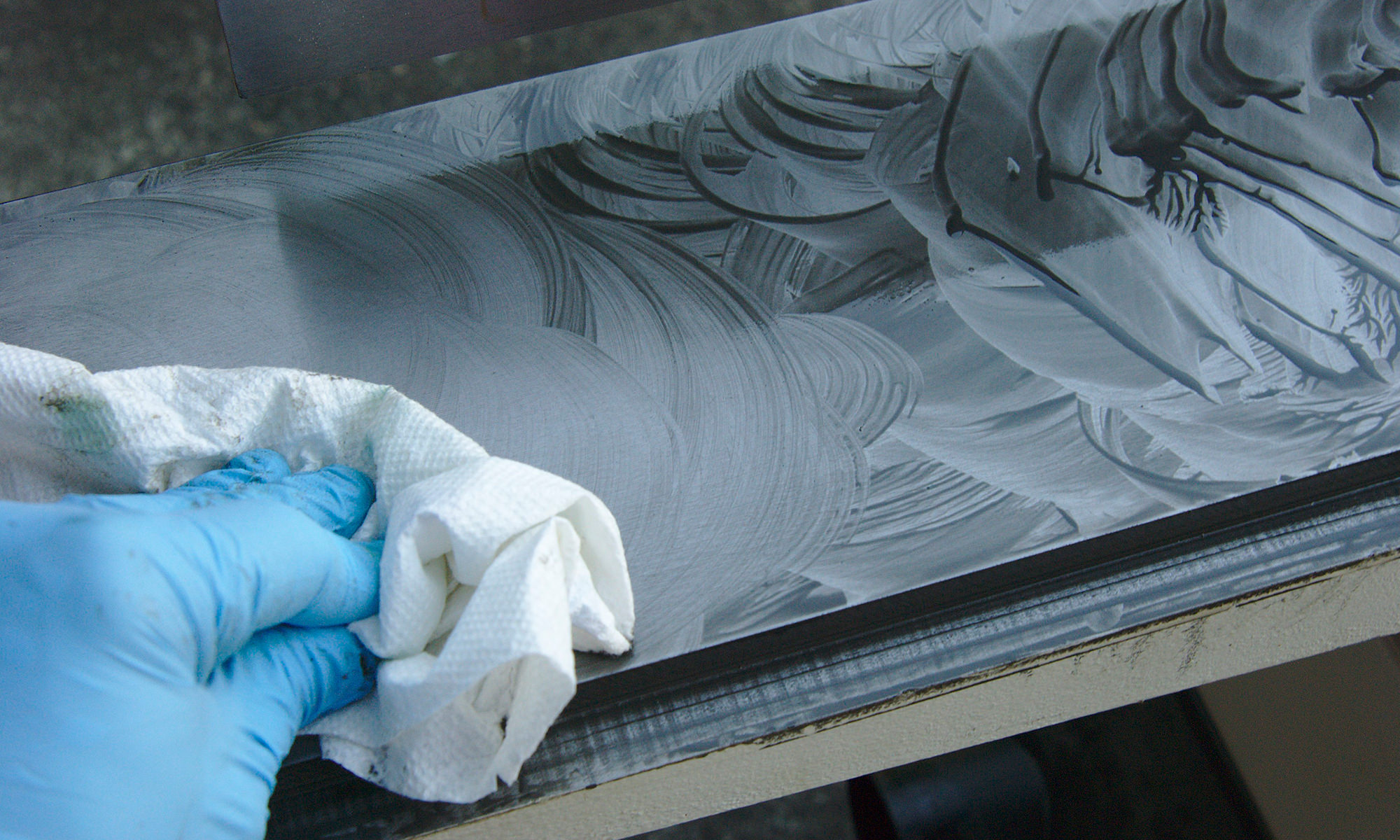
When the surface dries completely you can add the wax with a soft rag. I’m using Renaissance wax which is highly recommended, though there are several products that work well and accomplish the same thing.
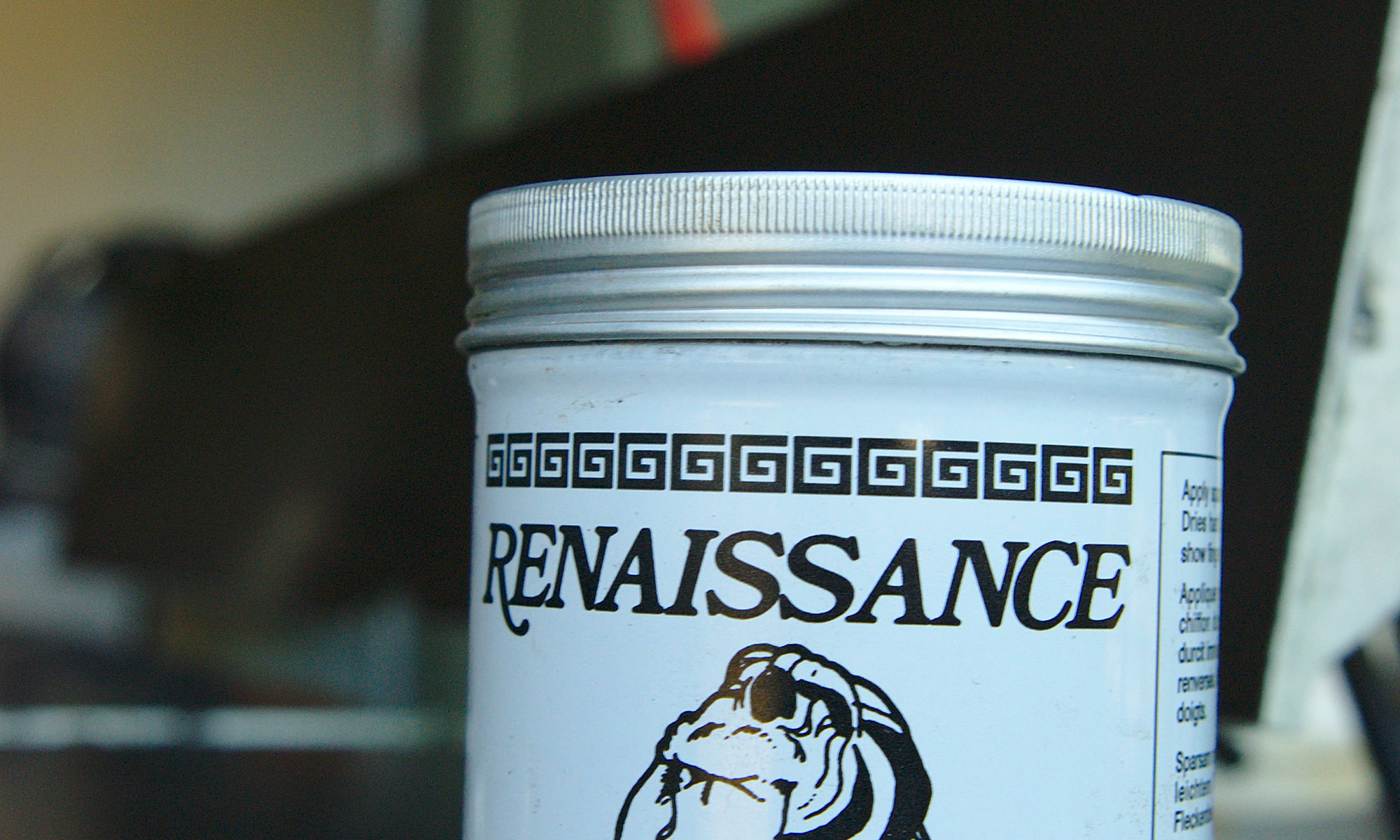
Work the wax in to the surface and let it dry. Once dry, buff the surface with a clean dry rag to remove excess. This seals the surface against humidity and prevents further oxidation, and also allows lumber to slide across the surface more easily.
Once you’ve buffed off the excess wax, you’re finished and can enjoy a nice, smooth, working surface on which to square your lumber!
